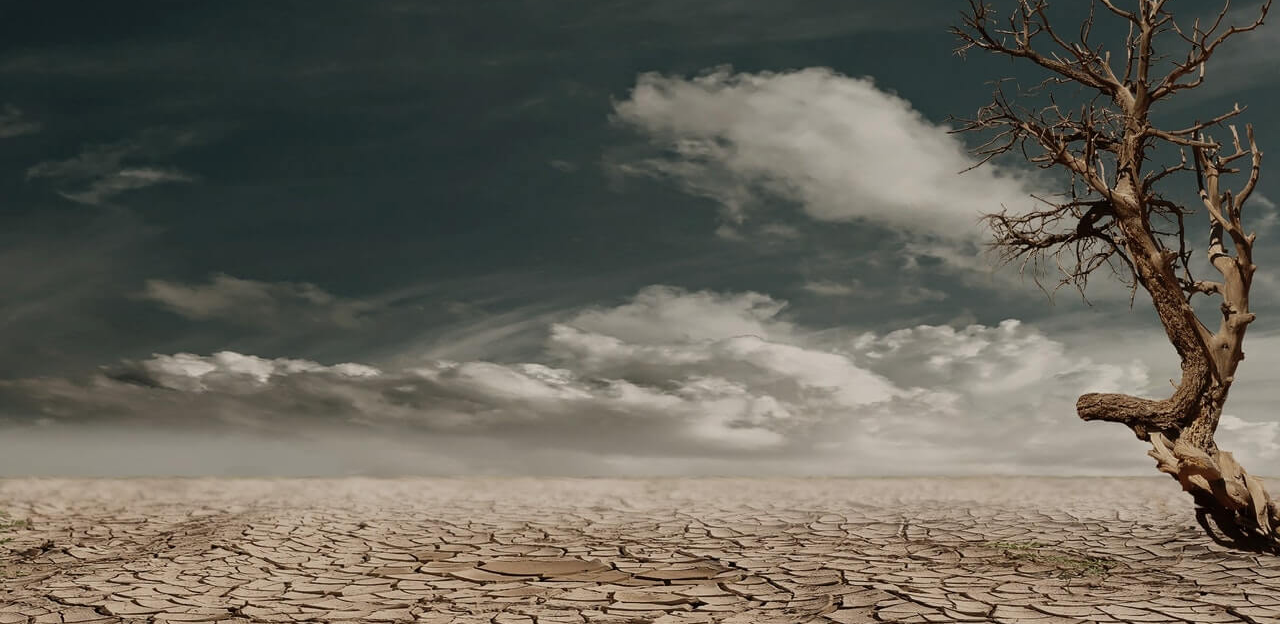Weekly Market Commentary
By Andrew Tang
Notes for Week of November 8, 2021

1. COP26 is the 2021 United Nations climate change conference hosted by UK and Italy (10/31/2021 to 11/12/2021 Glasgow, Scotland). The conference’s main goals are to secure global net zero by mid-century and keep 1.5 degrees within reach and adapt to protect communities and natural habitats according to The United Nations. More than 50 countries around the world have pledged to become net zero, and six countries have passed their carbon-neutral targets into law. Net-Zero requires a country’s economy to not only reduce carbon emission, but also to remove existing carbon from the atmosphere; therefore, creating a net zero effect. This theme has already transformed into a mega trend among corporations’ decision makers to pay attention to go green and to harvest the “green premium”. Companies like PepsiCo and Hertz have finally figured out that people are now investing more into companies that support green technologies. This mega trend spells out if you are not going green, your company is no longer an attractive investment – plain and simple. Hertz ordered 100,000 Tesla Model 3 to be part of its fleet. PepsiCo CEO Ramon Laguarta said on Monday (11/8/2021) that the company is expecting its first delivery of Tesla Semi trucks in the fourth quarter. Click onto picture below to access video of Ramon Laguarta speaking about PepsiCo’s green intentions. REF: COP26Explained, Economist, VisualCapitalist, NetZeroScoreCard, CNBC
2. On episode XXII of "In the Know," (November 5, 2021) ARK Invest CEO/CIO, Cathie Wood, weighs in on inflation, oil, China, commodities, the velocity of money, and more. As always, she also discusses fiscal policy, monetary policy, the economy, market signals, economic indicators, innovation, and more. Click onto picture below to access video. REF: ITK22Transcript
3. The Metaverse’s definition according to Wikipedia is a hypothesized iteration of the internet, supporting persistent online 3-D virtual environment through conventional personal computing, as well as virtual and augmented reality headsets. The bets that Facebook parent Meta Platforms Inc., Microsoft Corp. and others are placing on the metaverse reflect a growing belief that the emerging virtual realm will unlock serious real-world dollars. The metaverse remains more aspirational than real, and its biggest supporters don’t expect it to be built quickly. Proponents though see a range of possibilities, from selling the hardware and software needed to access the metaverse to hawking virtual goods, services and advertisements within the digital world. Companies big and small have started outlining business plans for the metaverse. Microsoft last week said it would roll out software tools around the metaverse in coming months, with pricing still to be disclosed. Meta Chief Executive Mark Zuckerberg last week also said that as the company works on the metaverse, it would look for ways to aid creators to make money, potentially tapping a $1 billion fund the social-media giant already has established. To tech leaders, the metaverse is emerging as a generational step-change in how digital interactions and commerce unfold. Metaverse proponents say the new digital world will have a profound effect on day-to-day lives, not unlike the emergence of the internet or iPhone. Click onto picture below to access video by WSJ. REF: Wikipedia, WSJ
4. World Watch:
à World’s Largest Hydro-Floating Solar Farm Goes Live in Thailand. A floating solar farm that’s equivalent to about 70 soccer fields in size has begun generating power in Thailand, reflecting the country’s push to achieve carbon neutral status by 2050 according to Bloomberg. The facility in Sirindhorn reservoir, about 660 kilometers (410 miles) east of the capital city Bangkok, is the world’s largest hydro-floating solar hybrid system, which combines two methods of electricity generation, according to state-run Electricity Generating Authority of Thailand. While 145,000 solar panels harness power from the sun during the day, three turbines convert energy from flowing water at night. The $34 million solar farm, which joined the grid on Oct. 31, is the first of 16 projects planned in key Thai reservoirs, with a combined capacity of 2.7 gigawatts. It’s part of the country’s push for more renewable energy sources to reduce its reliance on natural gas, which is currently the biggest source for electricity generation. Thailand will reach carbon neutrality by 2050, ahead of the earlier target of 2065, Prime Minister Prayuth Chan-Ocha pledged earlier this month at the United Nations Climate Change Conference. The country has set a goal to reduce all greenhouse-gas emissions to net zero by 2065. Natural gas accounted for nearly two-thirds of Thailand’s power generation last year, while wind, solar and hydropower combined for less than 10%, according to BloombergNEF. Click onto picture below to access video. REF: Bloomberg
à Asia-Pacific countries are getting onboard, but they are also some of the world’s largest carbon-emitters. Asia-Pacific is home to some of the world’s largest carbon emitters — and experts say much of global efforts to fight climate change depends on Asian countries cutting their reliance on coal. The region accounted for 52% of global carbon dioxide emissions last year, according to the latest edition of BP’s Statistical Review of World Energy, a widely cited report. China alone contributed 59% of the region’s emissions, while India made up 13.7%, the report showed. Global leaders and environmentalists were gathered in Glasgow, Scotland this month for the United Nations climate change summit, known as COP26. They’re hoping to eventually phase out the use of fossil fuels — including coal — to cut carbon emissions and limit global warming. On Thursday, 28 countries joined an international alliance dedicated to phasing out coal, but the world’s biggest burners of coal — such as China and India — did not sign up. Coal accounted for more than a quarter of the world’s primary energy consumption. Primary energy refers to energy in its original form — such as coal and oil — and before it’s converted into other resources. Slightly less than half — or about 47.8% — of the energy consumed in Asia-Pacific last year came from coal, according to data in the BP report. That percentage of coal consumption is the highest among geographic groups featured in the report, which included Africa, Europe and North America. See charts below showing energy consumption by geographic groupings and in major Asia-Pacific economies. REF: CNBC
5. Quant & Technical Corner – Below is a selection of quantitative & technical data we monitor on a regular basis to help gauge the overall financial markets and the investment environment.
à Most recent read on the Fear & Greed Index with data as of 11/8/2021 - 05:10 PM-ET is 86 (Extreme Greed). Last week’s data was 77 (Greed) (1-100). CNNMoney’s Fear & Greed index looks at 7 indicators (Stock Price Momentum, Stock Price Strength, Stock Price Breadth, Put and Call Options, Junk Bond Demand, Market Volatility, and Safe Haven Demand). Keep in mind this is a contrarian indicator! REF: Fear&Greed via CNNMoney
à St. Louis Fed Financial Stress Index’s (STLFSI2) most recent read is at -1.0052 as of November 4, 2021. Last week’s data was -1.1357. This weekly index is not seasonally adjusted. This index measures the degree of financial stress in the markets and is constructed from 18 weekly data series, all of which are weekly averages of daily data series: seven interest rates, six yield spreads, and five other indicators. Each of these variables captures some aspect of financial stress. Accordingly, as the level of financial stress in the economy changes, the data series are likely to move together. REF: St. Louis Fed
à Probability of U.S. falling into Recession within 3 to 4 months is currently at 0.34% (with data as of 11/8/2021). Last week’s data was at 0.32%. Probability under 5% is considered extremely low. REF: RecessionAlertResearch
à Dynamic Yield Curve as of 11/8/2021 is Normal. REF: Stockcharts The yield curve—specifically, the spread between the interest rates on the ten-year Treasury note and the three-month Treasury bill—is a valuable forecasting tool. It is simple to use and significantly outperforms other financial and macroeconomic indicators in predicting recessions two to six quarters ahead. REF: NYFED
à Recent Yields in 10-Year Government Bonds. REF: Source is from Bloomberg.com, dated 11/8/2021, rates shown below are as of 11/8/2021, subject to change.
à Today’s Jumbo Mortgage Rates – (11/8/2021) Based on purchase of $700,000 home with $140,000 (20%) down payment in zip code 85054. Mortgage insurance may be required if down payment is less than 20%. Rates provided by Bank of America. REF: Today’sRateBankofAmerica
à Velocity of M2 Money Stock (M2V) with current read at 1.115 as of 10/28/2021. Previous quarter’s data was 1.120. The velocity of money is the frequency at which one unit of currency is used to purchase domestically- produced goods and services within a given time period. In other words, it is the number of times one dollar is spent to buy goods and services per unit of time. If the velocity of money is increasing, then more transactions are occurring between individuals in an economy. REF: St.LouisFed
à In September, the Consumer Price Index for All Urban Consumers rose 0.4 percent on a seasonally adjusted basis; rising 5.4 percent over the last 12 months, not seasonally adjusted. The index for all items less food and energy rose 0.2 percent in September (SA); up 4.0 percent over the year (NSA). REF: BLS, BLS.GOV
à Technical Analysis of the S&P500 Index. Click onto reference links below for images.
- Short-term Chart: Trending Bullish on 11/8/2021 – REF: Short-term S&P500 by Marc Slavin
- Medium-term Chart: Trending Bullish on 11/8/2021 – REF: Medium-term S&P500 by Marc Slavin
- Market Timing Indicator – S&P500 Weekly – REF: Weekly S&P500 by Joanne Klein

4655 Woodbine Road
Pace, FL 32571
(850) 995-1797
Turner Financial Group. (“TFG”) is an SEC-registered investment adviser firm. Such registration does not imply a certain level of skill or training. For a copy of TFG’s current Form ADV that includes a description of our services provided, fees charged, and other important information, please click here. For additional important disclosures, please click here.
Turner Financial Group | All Rights Reserved.

